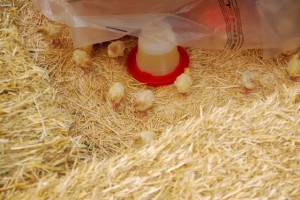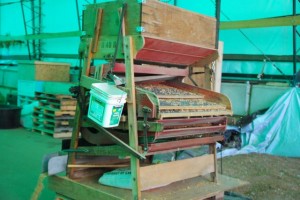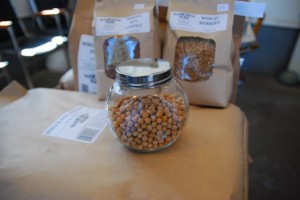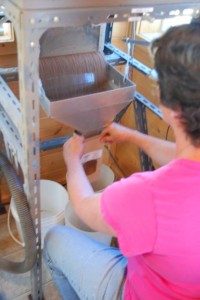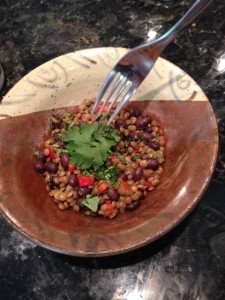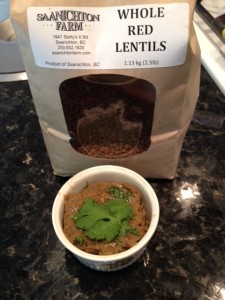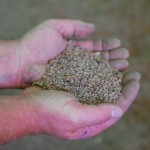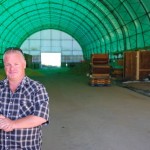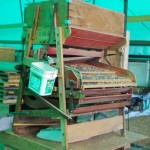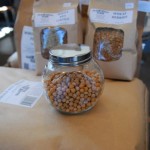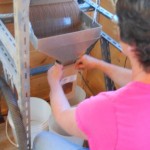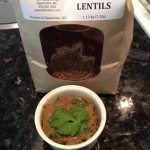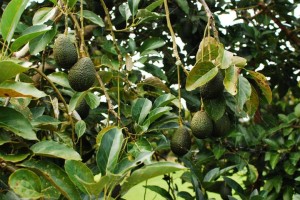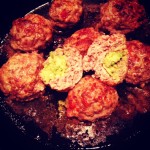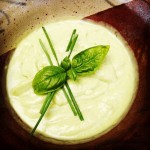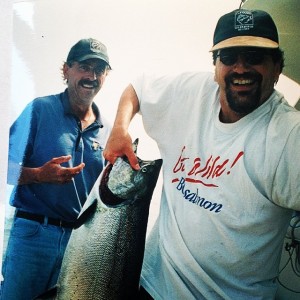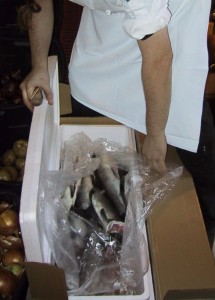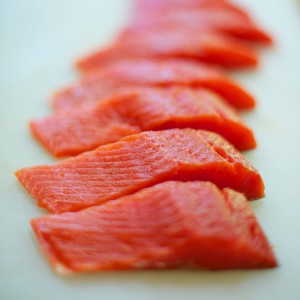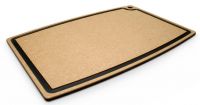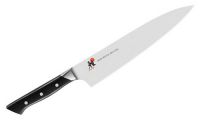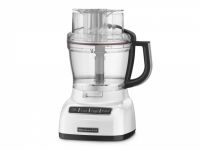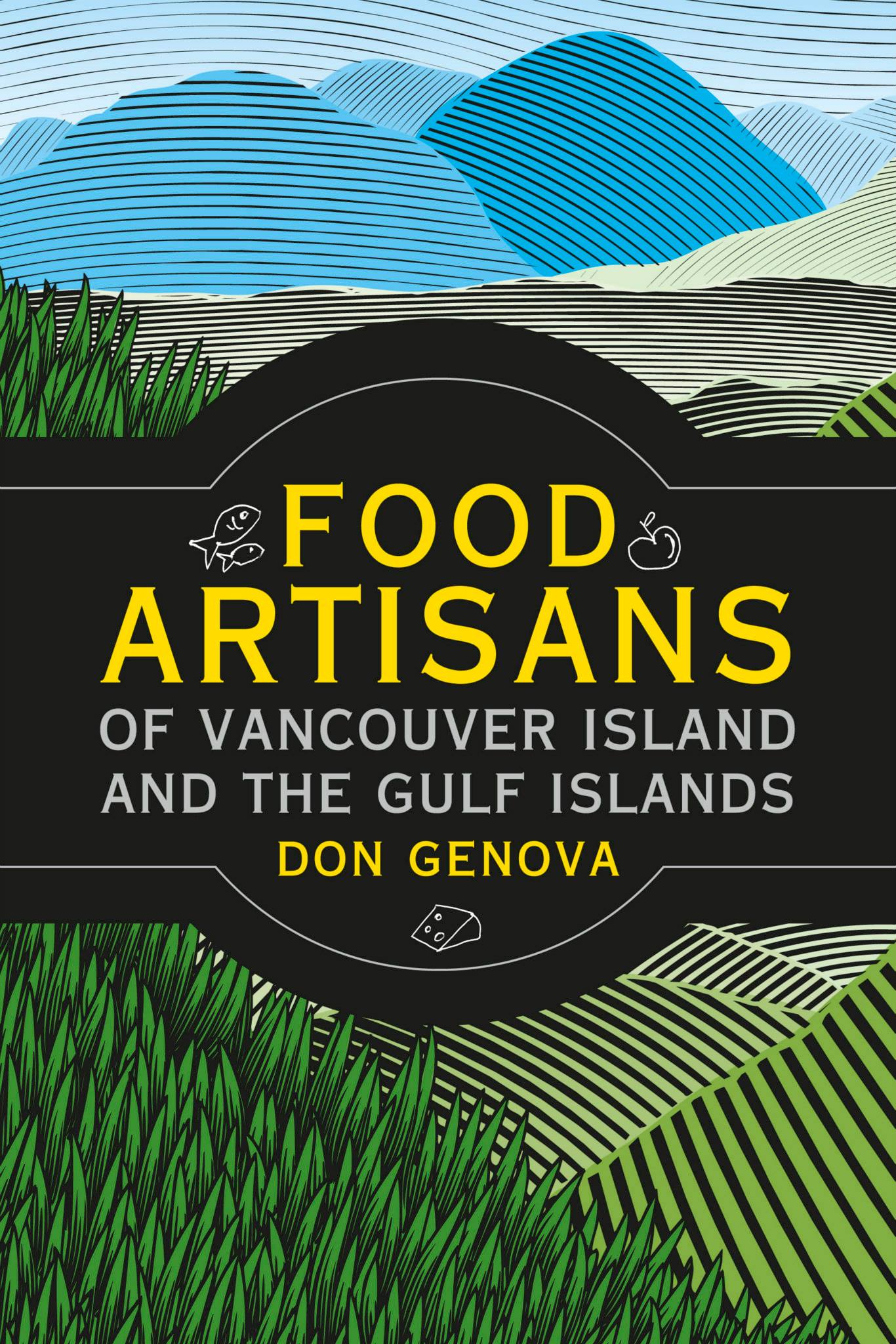BC teachers are voting today on the tentative agreement reached this week, and if the vote is yes, kids could be back in school as early as next Monday. (Update: Teachers voted yes and kids will be back at school on Monday) For some parents, if they haven’t been making lunches for kids going to day camps, this will mean a welcome return to routine, but also presents the age-old question, what do I make my kids for lunch? I’ve been giving this some thought, so brought in my version of a good lunch for Jo-Ann Roberts on Food Matters this week.
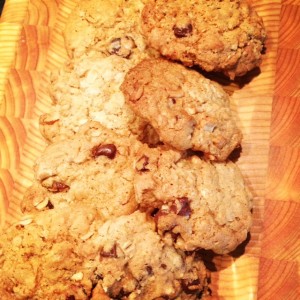
Cookies!
The idea of me making good lunches is kind of funny, because my school lunches were probably the one meal where my mom did not use the bounty of our garden we had at home. My lunches invariably consisted of peanut butter and jam sandwiches on white bread, or a ham sandwich with a slice of processed cheese, iceberg lettuce and Kraft sandwich spread. There was also usually an apple or a banana, and a Thermos of milk. But, the cookies packed with the sandwiches were always home made, usually chocolate chip. Today I’m sure I would really turn my nose up at those lunches (except for the cookies), hope my mom isn’t listening!
I don’t have kids, but I’ve had a few picky nieces and nephews I’ve had to feed at one time or another, so I know it can be tough to please everyone. I also reached out to my Facebook friends for their take on lunches they prepare for their kids. I noticed a few trends in their comments. Sandwiches are out. No one said they make sandwiches for their kids. Now wraps, that’s a different thing. And leftovers are big. Salad jars. So are Bento box style lunches, where you have all these little containers that can each hold a different taste treat.
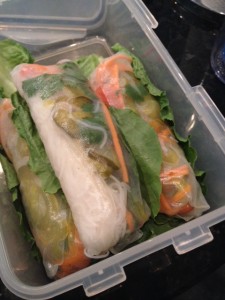
Veggie Rice Paper Rolls in Lock&Lock
So our packaging technology and embracing ethnic foods has changed the style of our lunches over the years. I’m a big fan of the Lock and Lock containers, which really provide a water-tight seal so there is no danger of soup or other liquids spilling out in transit. Thermoses are better are keeping hot things hot and cold things cold, and of course more attractive in design. What I’m not a fan of are the convenience foods that are out there now, designed to easily put in lunch boxes or bags, but are usually made up of processed foods that can be very high in fat or sugar. And those little baby carrots? Those are really just big carrots whittled by a machine into that baby size; I’m always wary of those sitting on the shelf too long and growing dangerous bacteria. Take the time and peel and cut up your own veggies…hard things like carrots and celery will last for days if you put them in a container of water in your fridge, so you can take some out every day to add to a lunch. Tortillas and other wrap-style flatbreads like pita pockets are great because you can take your leftovers and stuff them in those flatbreads and they will hold almost anything.

Edamame with Chai Salt
My modern-style lunch I brought in for Jo-Ann today consisted of edamame with Vancouver Island Salt Company chai salt, rice paper veggie rolls, figs wrapped in spicy cappicola salami, and my new favourite oatmeal chocolate chip and dried cranberry cookie recipe from Rosie Daykin’s Butter Baked Goods cookbook. For more ideas, check out this blog from Amanda Hesser. She’s the respected New York City food writer, the mother of twins, who has a regular column about what she sends her kids off to lunch with every week. My friend Rebecca Coleman dedicated one of her Cooking By Laptop columns to back to school and if you’re looking for ‘official’ Bento box ware check out this link.
Announcements:
I made a point of using Vancouver Island Salt Company salt today because it was just announced that owners Andrew Shepherd and Scott Gibson have won first place and a $100,000 cash prize in the Small Business Challenge contest, sponsored by Telus and The Globe and Mail. It’s a really great story of a business starting off very small with a great product and slowly expanding to meet the demand for its product world-wide. They will use the money to hire more employees and fine-tine their production processes.
Winners have also just been announced in this year’s edition of the We Heart Local awards and we have some Vancouver Island winners…including:
Natural Pastures Cheese Company in Courtenay for the Favourite Local Cheese Maker. Coastal Black Estate Winery in Black Creek, just north of Courtenay, as the Favourite Local Winery. Hoyne Brewing Company of Victoria tied with Howe Sound Brewery for Favourite Local Brewery, and the Glen Alwin Farm of Courtenay was voted as the Favourite Local Meat and Poultry Supplier, I haven’t heard of them before, but apparently they are best-known for their beef and lamb. So congratulations to those companies, and if you haven’t visited them in the past, you certainly have a good reason to visit them now. I’ll be at the Coastal Black Estate Winery on Sunday for the North Island’s Gourmet Picnic with stops in Salt Spring and Nanaimo for other food events. For fun photos from this weekend, check out my Don Genova – Food Journalist page on Facebook.

 I’m still trying to figure out a way to clone myself for a couple of the upcoming weekends, because I really would like to be in two or three places at the same time. I’ve always known September is really the silly season for food and wine festivals but this year I literally have my calendar by my side at all times to figure it all out. It pretty much gets under way starting this weekend. There’s the
I’m still trying to figure out a way to clone myself for a couple of the upcoming weekends, because I really would like to be in two or three places at the same time. I’ve always known September is really the silly season for food and wine festivals but this year I literally have my calendar by my side at all times to figure it all out. It pretty much gets under way starting this weekend. There’s the  I’m going to be giving talks or emceeing or attending no fewer than three festivals over the 19th, 20th and 21st in three different locations.
I’m going to be giving talks or emceeing or attending no fewer than three festivals over the 19th, 20th and 21st in three different locations. 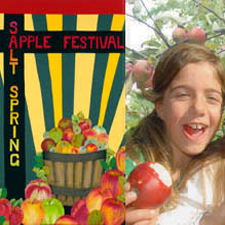 And that only takes us up to the third weekend in September….The final weekend starts early on Thursday, for the
And that only takes us up to the third weekend in September….The final weekend starts early on Thursday, for the 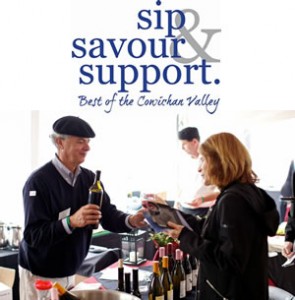 I know, I know, how are you supposed to choose? There are a few determining factors here. Popularity, type, cost, location, and purpose. Popularity: If you want to go to some of the more popular events, you need to get tickets early, not at the last minute. So the Flavour Picnic in the Comox Valley sold out weeks ago, and the Brewery and the Beast event in Victoria is sold out as well. Type: Grazing, or sit-down dinner? Can you take the kids? Cost: Some are free admission, such as the Harvest Festival in Nanaimo, but they can go up to $75 for the
I know, I know, how are you supposed to choose? There are a few determining factors here. Popularity, type, cost, location, and purpose. Popularity: If you want to go to some of the more popular events, you need to get tickets early, not at the last minute. So the Flavour Picnic in the Comox Valley sold out weeks ago, and the Brewery and the Beast event in Victoria is sold out as well. Type: Grazing, or sit-down dinner? Can you take the kids? Cost: Some are free admission, such as the Harvest Festival in Nanaimo, but they can go up to $75 for the 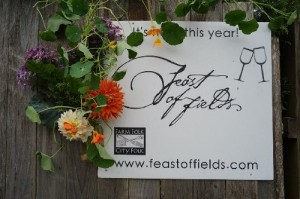 Purpose: Are you supporting a charity with your entrance fee? And which one? Again, the higher cost tickets usually do have some sort of charitable component. Feast of Fields is the big fundraiser of the year for FarmFolk/CityFolk, while the Sip, Savour and Support is in aid of the Vancouver Canucks Autism Network. So if that matters to you, have a look at the supporting websites for these events to check out who you are helping…and maybe in the future, you might like to get involved as a volunteer for some of these great events.
Purpose: Are you supporting a charity with your entrance fee? And which one? Again, the higher cost tickets usually do have some sort of charitable component. Feast of Fields is the big fundraiser of the year for FarmFolk/CityFolk, while the Sip, Savour and Support is in aid of the Vancouver Canucks Autism Network. So if that matters to you, have a look at the supporting websites for these events to check out who you are helping…and maybe in the future, you might like to get involved as a volunteer for some of these great events.
